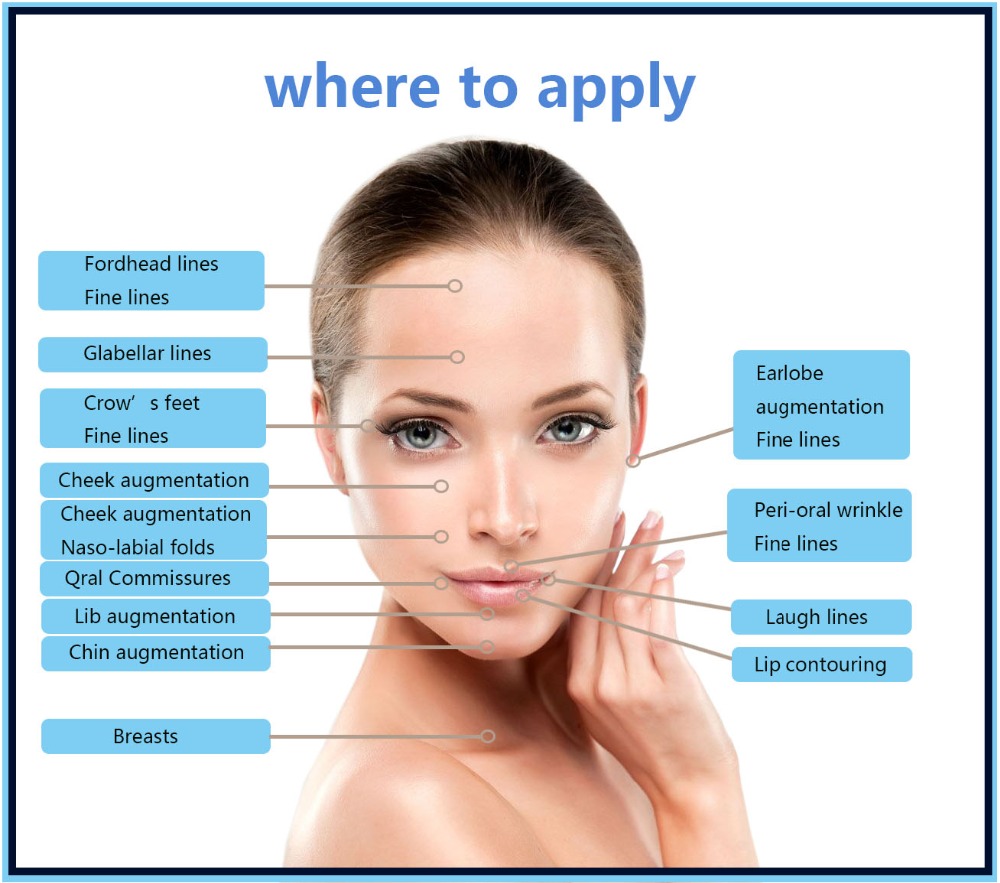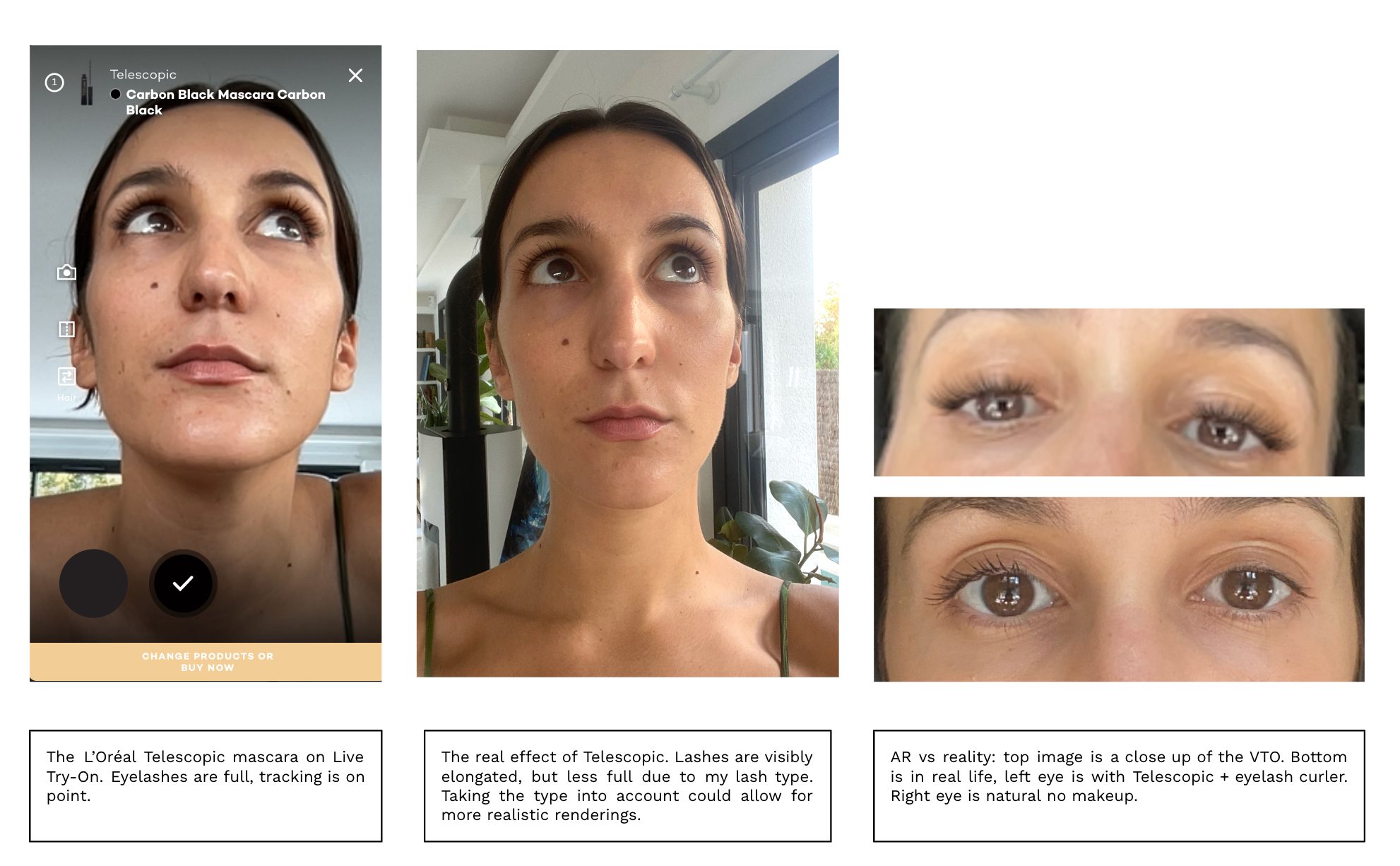The Allure of an Attractive Symmetrical Face: Why Beauty Standards Embrace Symmetry
#### IntroductionIn the world of beauty, the concept of an attractive symmetrical face has long been celebrated as a hallmark of aesthetic appeal. This arti……
#### Introduction
In the world of beauty, the concept of an attractive symmetrical face has long been celebrated as a hallmark of aesthetic appeal. This article delves into the reasons behind the universal admiration for symmetrical features, exploring its psychological, cultural, and evolutionary significance.
#### The Science of Symmetry
Research has shown that humans are naturally drawn to attractive symmetrical faces. Studies indicate that symmetry is often associated with health and genetic fitness. When we perceive a face that is symmetrical, our brains interpret it as a sign of good health, which can be traced back to evolutionary instincts. In the animal kingdom, symmetry often signals a strong and capable mate, and this instinctual response has been ingrained in human perception.

#### Cultural Perspectives on Symmetry
Across different cultures, the appreciation of an attractive symmetrical face remains a common thread. From ancient Greek sculptures to modern-day beauty standards, symmetry has consistently been a defining characteristic of beauty. In many societies, symmetrical faces are often considered more attractive, leading to a preference for individuals who possess these qualities. This cultural bias can influence everything from casting choices in film to the way we perceive ourselves and others in social situations.
#### Psychological Implications

The allure of an attractive symmetrical face extends beyond mere visual appeal; it has profound psychological implications. People with symmetrical features are often perceived as more trustworthy, friendly, and competent. This phenomenon, known as the "halo effect," suggests that attractive individuals are often granted positive traits based solely on their appearance. Consequently, those who possess symmetrical features may enjoy advantages in various aspects of life, including career opportunities and social interactions.
#### The Role of Technology and Beauty Standards
In today's digital age, the quest for an attractive symmetrical face has been amplified by social media and photo-editing technology. Apps that enhance facial symmetry have become increasingly popular, allowing individuals to modify their appearance to align with societal beauty standards. While this can boost confidence for some, it also raises questions about authenticity and the impact of unrealistic beauty ideals on mental health.

#### Conclusion
The fascination with an attractive symmetrical face is a complex interplay of biology, culture, and psychology. While symmetry may be a key factor in our perception of beauty, it is essential to recognize the diverse forms of attractiveness that exist beyond traditional standards. Embracing individuality and unique features can lead to a broader understanding of beauty that transcends mere symmetry. Ultimately, while an attractive symmetrical face may capture our attention, true beauty lies in the richness of human diversity.